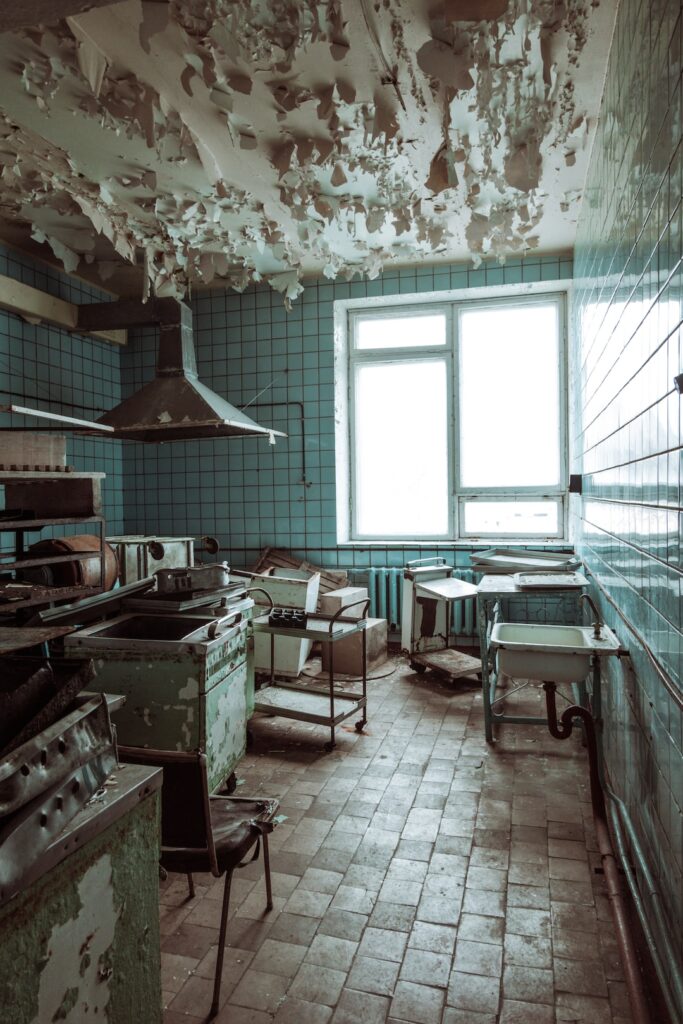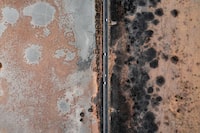Mold remediation is the process of removing mold from a building, and it is essential for the health and safety of the building’s occupants. Mold can cause various health problems, including respiratory issues, allergic reactions, and skin irritation, as well as property damage. Here is the ultimate guide to mold remediation.

1. Identify Mold
The first step in mold remediation is to determine the extent of the mold growth. This may be achieved by a visual inspection, but in some cases, it may be necessary to hire a professional to perform a mold test for accurate identification.
2. Locate the Source of Moisture
Mold thrives in moist environments, so finding the source of moisture is critical to prevent further mold growth. Common sources of moisture include leaks in pipes or roofs, damp basements or crawl spaces, and condensation on windows.
3. Contain the Mold
To prevent mold spores from spreading, the affected area should be isolated from the rest of the building. This can be done by closing doors and windows, covering ventilation openings or using plastic sheeting to seal off the affected area.
4. Remove Moldy Materials
Mold remediation involves removing any contaminated materials, including moldy drywall, carpeting, and insulation. Porous materials, such as wood and ceiling tiles, may need to be discarded.
5. Clean the Affected Area
Once moldy materials have been removed, the affected area must be thoroughly cleaned. This may include scrubbing hard surfaces with a mold-killing solution, such as an antimicrobial solution.
6. Dry the Area
After cleaning, the affected area should be dried thoroughly with professional equipment to prevent mold from returning. An Air Scrubber should always be installed on location to trap airborne spores in the air. This may involve using dehumidifiers, fans, or other equipment to promote airflow and reduce humidity.
7. Monitor for Recurrence
To ensure that mold does not return, it is essential to conduct regular inspections of the affected area and monitor for signs of mold growth. This may include checking for water leaks, humidity levels, and signs of condensation.

Conclusion
Mold remediation is a complex process that requires specialized knowledge and equipment. If you suspect mold growth in your building, it is crucial to act quickly to prevent further damage and protect the health and well-being of the occupants. By following the above steps, you can successfully remediate mold and ensure a safe and healthy living or work environment.


